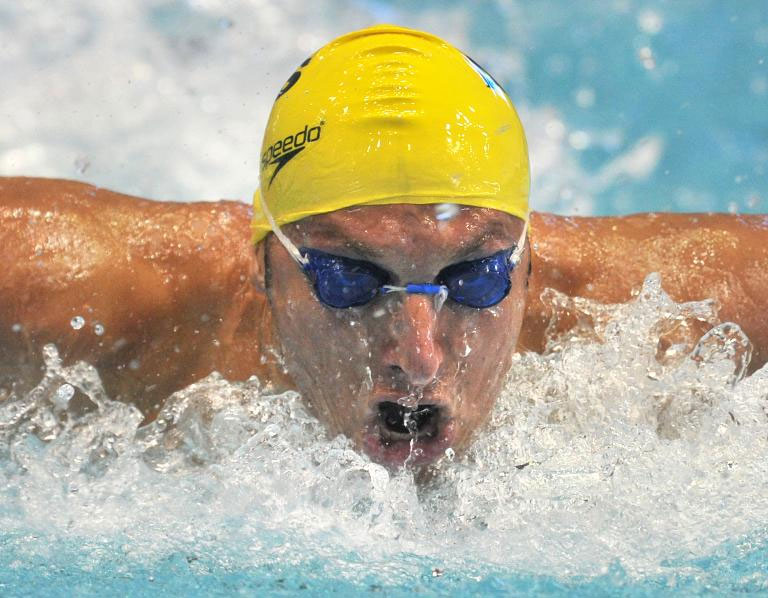Are you interested in open-water swimming but need help figuring out where to start? This blog post will give you ten rules to follow for a safe and enjoyable open-water swim. Open-water swimming can be a great way to stay fit and have fun, but it’s important to remember that some risks are involved. If you follow these simple rules, you’ll be able to enjoy your open water swims without worrying about anything other than the beauty of the open water around you!
1.Getting Comfortable with Cold Water
One of the first things you need to do when swimming in open water is to get comfortable with the cold water. You should be prepared for the temperature change before swimming in too-cold water for your body, but you should be prepared for the temperature change. Many people find they get used to the cold and can even enjoy it after a few minutes! You can do a few things to make the transition easier, such as swimming in a wetsuit or taking a cold shower before you get in the water.
2.Start Slow
If you’re new to open-water swimming, starting slow and gradually increasing your distance is important. There’s no need to try to swim too far too fast – you’ll exhaust yourself and may even get cold. Instead, start with a short distance you feel comfortable with and build up from there. You can also try swimming in different environments to see what you prefer. For example, some people prefer open-water lakes, while others like the ocean.
3.Be Aware of Your Surroundings
One of the most important things to remember when swimming in open water is to be aware of your surroundings. This means knowing where you are, the conditions, and who or what is around you. It’s also important to be aware of hazards such as boats, other swimmers, or animals. If you’re swimming in a crowded area, stay aware of other swimmers and give them plenty of space.
4.Don’t Swim Alone
While it’s possible to swim alone in open water, it’s not recommended. There are many potential dangers when swimming alone, such as getting lost or being unable to get help if needed. If you swim alone, let someone know where you’re going and when you’ll be back. It’s also a good idea to carry a whistle or some other type of emergency signaling device.
5.Be Prepared for Conditions
Before you get in the water, it’s important to check the conditions and be prepared for what you might encounter. This means knowing the weather forecast, the temperature of the water, and any potential hazards. If the conditions are poor, it’s best to wait for another day.
6.Know Your Limits
It’s important to know your limits when swimming in open water. If you’re not a strong swimmer, don’t push yourself to swim long distances. If you feel cold or tired, get out of the water.
7.Don’t Get Exhausted
One of the biggest dangers when swimming in open water is getting exhausted. This can happen if you swim too far, fast, or in cold water. If you start to feel exhausted, stop swimming and rest. It’s also a good idea to plan to get out of the water if you get too tired to swim back.
8.Be Cautious of Waves and Tides
Be aware of waves and tides if you’re swimming in the ocean. Swimming in strong waves can be dangerous, and you may get pulled out to sea if you’re not careful. On the other hand, if the waves are too strong, get out of the water and wait for them to die down.
9.Be Careful of Hypothermia
Hypothermia can be dangerous when swimming in cold water. Symptoms of hypothermia include shivering, confusion, and exhaustion. If you start to feel these symptoms, get out of the water and warm up immediately.
10.Know How to Get Help
If you’re swimming in a remote area, it’s important to know how to get help if needed. This means knowing the emergency phone number for your area and having a plan for getting out of the water. If swimming in a group, make sure everyone knows the plan.
Proper Pieces of Equipment
Ensure you have the proper equipment before swimming in open water. This includes a life jacket or other flotation device, a whistle, and a light if swimming at night. If swimming in cold water, a wetsuit can help keep you warm.
Swimsuit or Trunks with a Bright Color
You want to be easily seen by other swimmers, lifeguards, or boats. A brightly colored swimsuit or trunks will help you stand out in the water.
Life jacket
A life jacket is a must if you’re not a strong swimmer or swim in rough water.
Wetsuit
If swimming in cold water, a wetsuit can help keep you warm and increase your buoyancy.
Whistle
A whistle can be used to signal for help if needed.
Light
If swimming at night, a light will help you see and be seen.
Swim Cap
A swim cap can help keep your hair out of your face and make you more visible in the water.
Goggles
Goggles protect your eyes from saltwater, chlorine, or bacteria in the water. They can also help you see underwater.
Sunscreen
You can get sunburned even in the water, so it’s important to wear sunscreen with a high SPF.
Rash Guard
A rash guard is a shirt that covers your torso and helps protect against the sun and jellyfish stings.
Swim Fins
Swim fins can help you swim faster and cover more distance. They can also be helpful in rough water.
Towel
A towel is essential for drying off after your swim.
Water Bottle
You’ll need to stay hydrated, so bring a water bottle to drink after your swim.
First Aid Kit
It’s always a good idea to have a first aid kit with you, just in case.
The Bottom Line
Swimming in open water can be a great experience, but it’s important to be smart about it. Be prepared for the conditions, know your limits, and don’t take unnecessary risks. By following these tips, you can ensure a safe and enjoyable open-water swim.





























